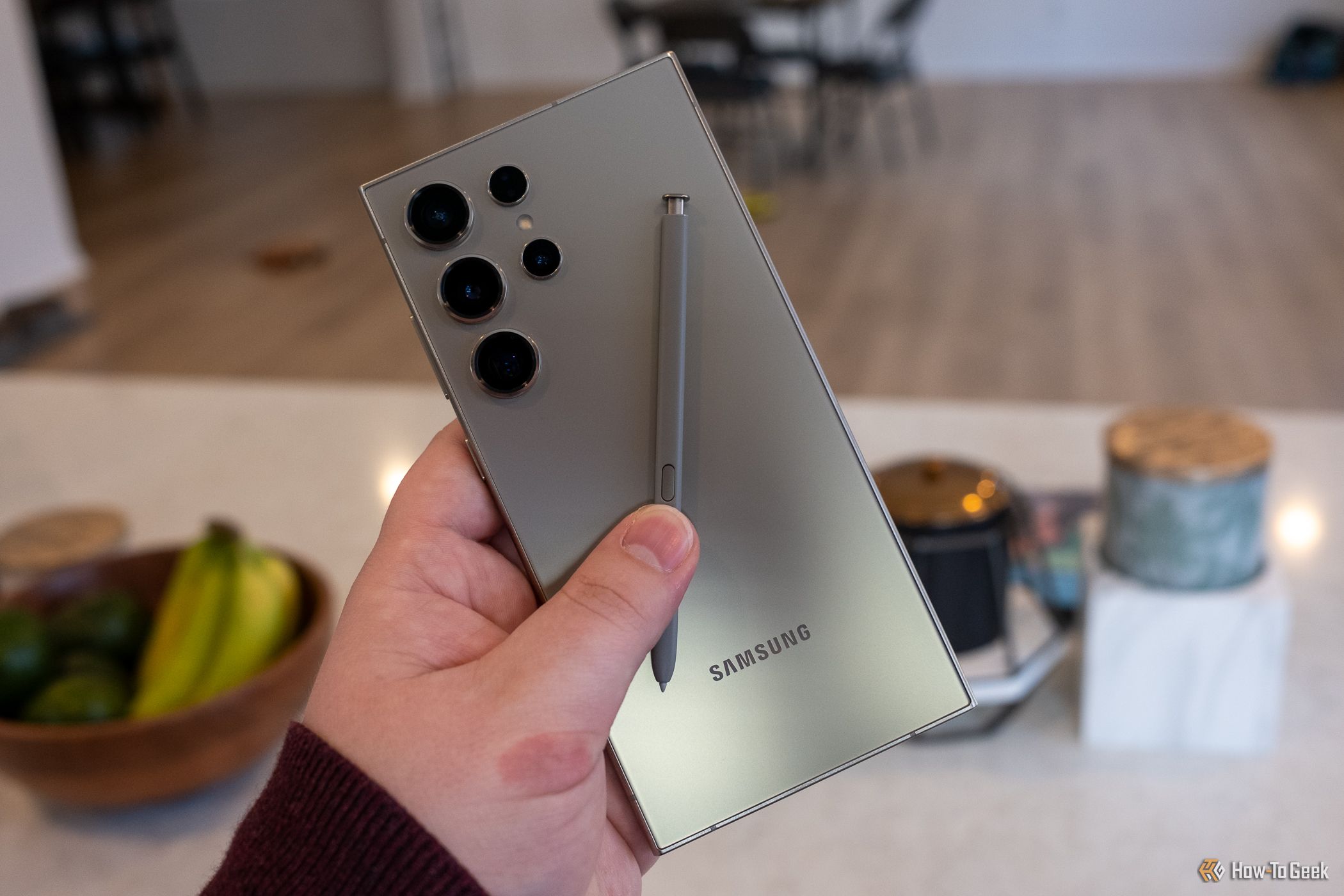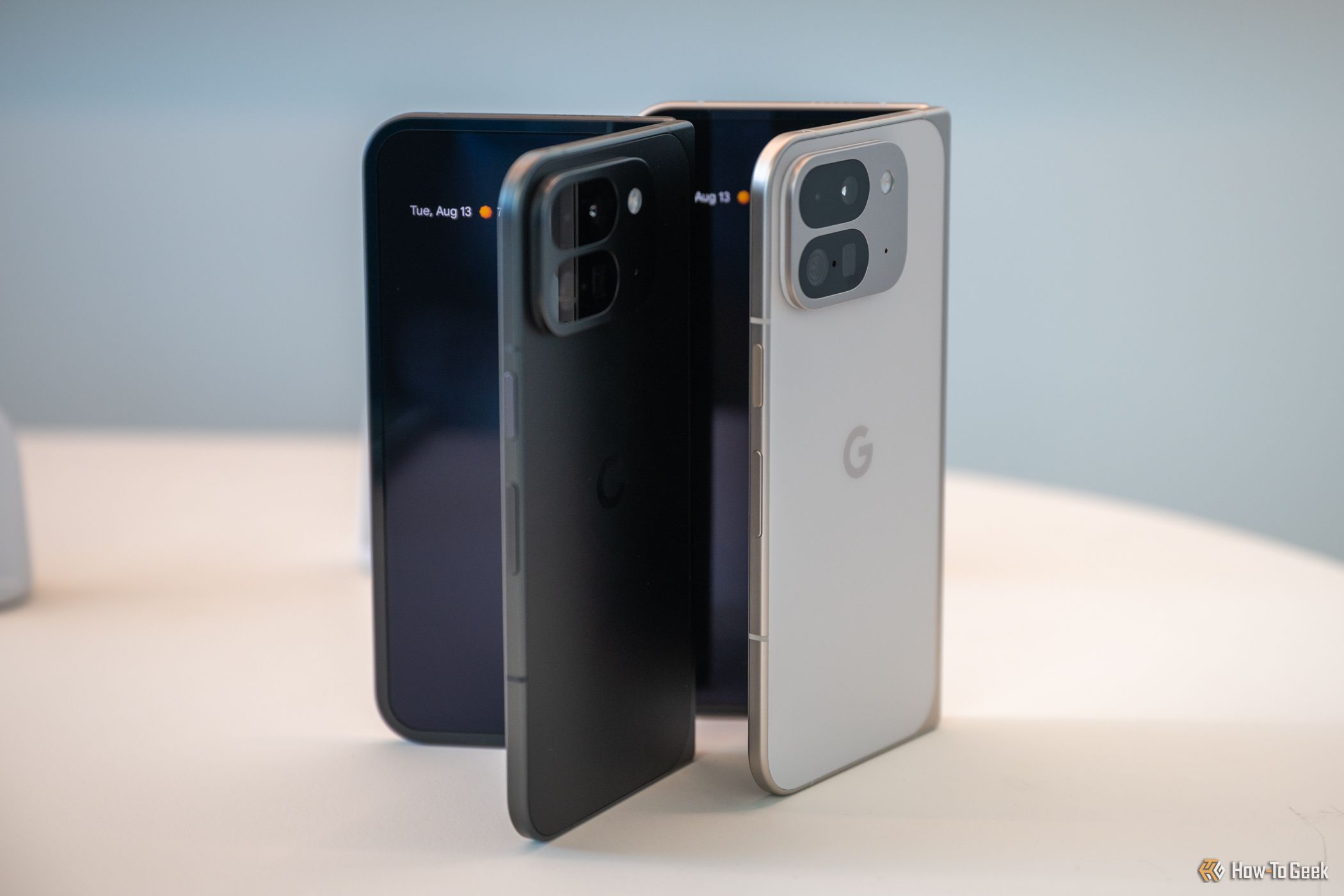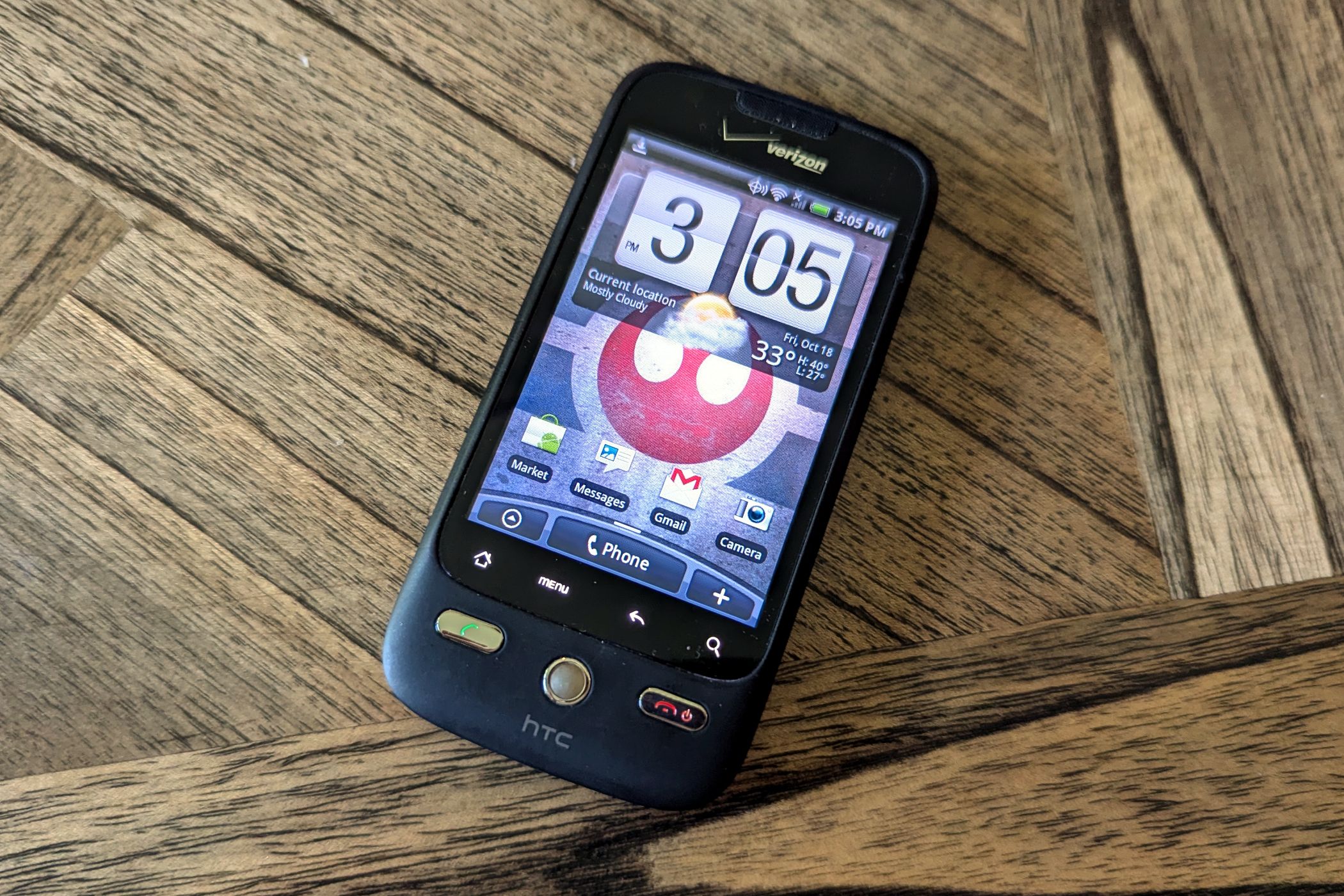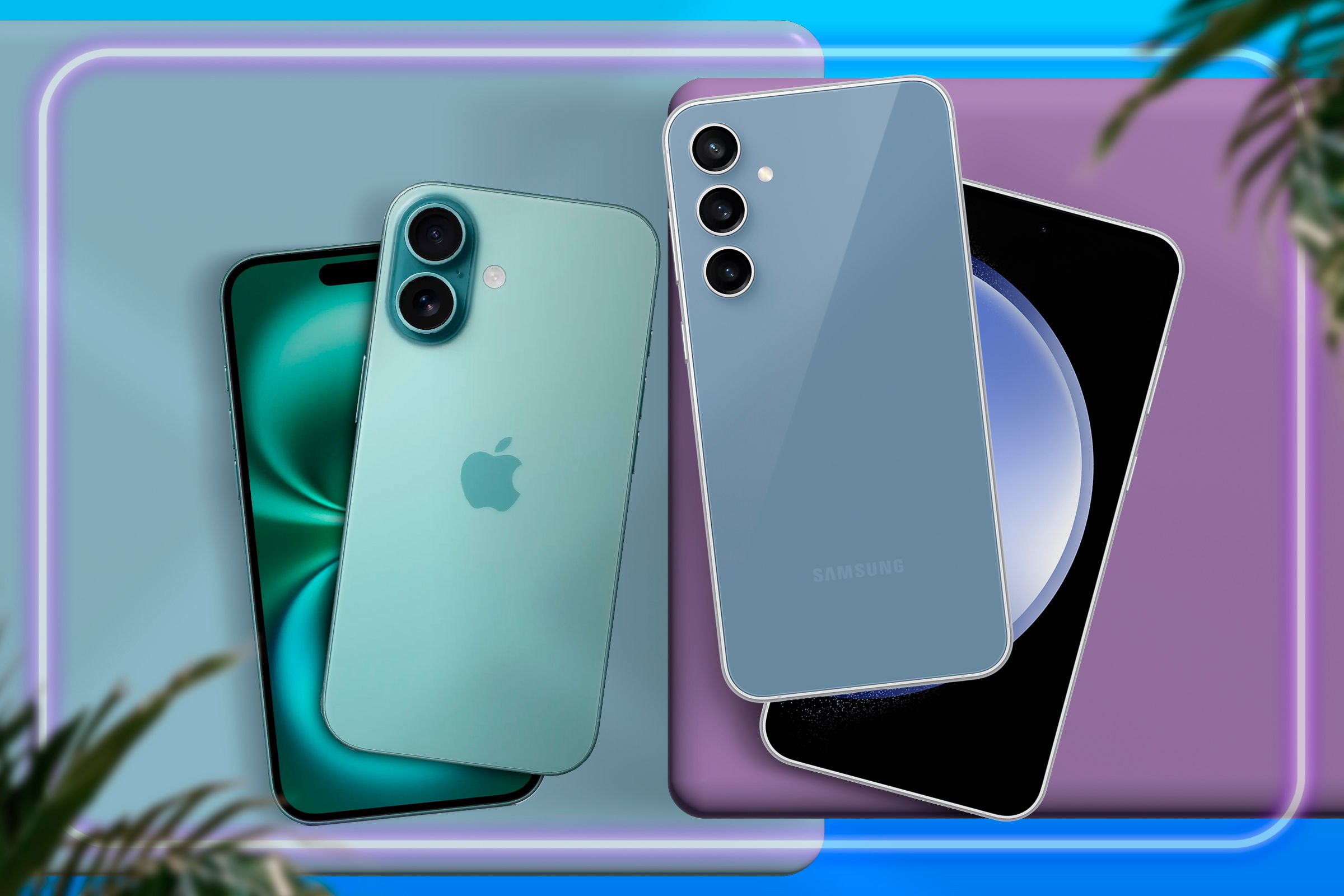For years, Android has had a bit of a reputation problem. “What, you can’t afford an iPhone?” But that’s an outdated notion. The most expensive smartphones today aren’t iPhones–not by a long shot.
iPhones Are No Longer the Priciest Phones
The cheapest iPhone currently starts at $800. The most luxurious iPhones, the iPhone Pro and Pro Max, begin at $1000 and $1200 respectively. These aren’t low prices, but they’re not more expensive than similar phones from other companies.
If you want a Google Pixel 9, you’re going to pay around the same amount of money as you would for an iPhone. The same is true if you go for a Galaxy S24. You can shave a few hundred dollars by going with a brand like OnePlus. Still, on the whole, if you want a phone that’s similar in build quality and capabilities as the iPhone, you’re going to pay around the same amount of money no matter which brand you buy.
The thing is, there is now a category of the phone that Apple doesn’t offer, one that comes with a significantly higher price tag.
Which Phones Cost More Than iPhones?
While the iPhone isn’t cheap, it no longer sits among the most expensive phones you can buy. The iPhone Pro Max is the costliest iPhone, and its MSRP of $1200 is $100 less than the starting price of Samsung’s Galaxy S24 Ultra. And unlike Apple, the Ultra is not the priciest phone Samsung offers.
No, that title instead goes to the Galaxy Z Fold 6, a book-style foldable with an MSRP of $1,900! That’s enough to buy two base model iPhones.
If you balk at the price of the Z Fold 6, I understand. It’s a price that warrants balking. I was put off by this price as well, and yet this is the phone I decided to buy. I’m actually writing these words on a Z Fold 6 right now using Samsung DeX. And I’m not saying this to flex. I didn’t pay anywhere near the sticker price for my phone. I bought mine for under $1000, well in the price range of your typical iPhone (and mine is actually the 512GB model, whose sticker price is $2,020!). If you hunt around, foldable phones aren’t as expensive as you think.
Still, when I pull my phone out in public, it turns heads. Book-style foldables are viewed as relatively rare, premium phones, and they all run Android. Meanwhile, iPhones have become so commonplace that many people view them as the old hand-me-down they grew up with, made less enviable by their sheer ubiquity. If you carry around a OnePlus Open or a Google Pixel 9 Pro Fold, you’re carrying a phone with a higher starting price than a fully maxed-out 1TB iPhone Pro Max ($1600, in case you’re curious).
Why Do Some Say Android Is for the Poor?
When smartphones first hit the scene, most Android phones did not deliver as polished an experience as iPhones. The interface didn’t look as slick, and apps were far more inconsistent. Many were just janky.
A lot of this software was paired with cheap, underpowered hardware. Many of us first experienced Android on phones too weak to do the OS justice. They were slow, stuttery, and sometimes buggy. Early iPhone cameras weren’t exactly amazing, but you could experience much worse on a cheap Android phone, and a lot of us did. Even if you didn’t own an Android phone yourself, you saw the low-res photos your friends and family shared on social media.
There are also the impressions stemming from Apple’s own monopolistic business practices. If you use iMessage to communicate with anyone who doesn’t own an iPhone, their message appears in a green bubble rather than a blue one. And (until recently) lacked the functionality you had when you talked with other iPhone users. RCS is slowly improving the situation, but we’ve had years of iPhone owners thinking that iPhones can send high-resolution picture messages while Androids send blurry, hot messes. Meanwhile, those of us who primarily message Android to Android have always only sent each other high-quality imagery and missed out on the iMessage drama entirely.
There’s also the impact of Apple’s restrictive hardware ecosystem. If you own a MacBook, your iPhone integrates so smoothly with it, and there’s something “wrong” with your Android phone that doesn’t. Android can’t even pair with your Apple Watch! Never mind that in each of these instances, there isn’t anything Android phones can do to address the problem—it’s one Apple has deliberately created to drive people toward iPhones. So, if you like a specific Apple device and feel tempted to buy just that one, know that you’ve been warned. Apple designs much of its hardware to only play along nicely with other Apple devices.
Is There Any Difference In Quality Anymore?
The days when Android phones were inferior in any objective sense is long gone. A decade ago, flagship Android phones were already on par with what the iPhone had to offer. Many had surpassed it in numerous ways, offering a larger screen, a more powerful CPU, and cameras with more megapixels. Many wowed us with curved displays (back before screens became flat again) and continued to offer expandable storage. Motorola and Samsung even started to offer full-blown desktop modes. These days, even many budget Android phones will deliver a smooth 90Hz screen refresh rate while the base iPhone remains stuck at 60Hz.
Samsung has long led the pack when it comes to build quality, offering Apple its steepest competition. Yet today, if you pick up a Google Pixel 9 with your eyes closed, it’s so similar in feel to an iPhone that you may not know which one you’re holding unless you feel around for the camera bump. Motorola may not be considered a premium brand, but when I purchased the company’s flagship Edge model in 2023, that felt every bit a high-end piece of kit. OnePlus phones are often considered the best value phones you can buy among tech enthusiasts in the know, with fast-charging speeds that blow Apple out of the water.
While Android phones have caught or even surpassed iPhone in hardware, depending on your tastes, it remains true that companies, on average, prioritize iPhone app support over Android. Even when apps do appear on both platforms, iPhone versions are often a tad better. Instagram is a high-profile example with a wide-reaching impact on people’s perceptions since it long did a better job optimizing videos uploaded from an iPhone than an Android phone. Mobile gamers like myself, who, in some cases, have never owned an iPhone, still have reason to envy the gaming landscape in the Apple App Store. Many games are App Store exclusives or only available via Apple Arcade. Meanwhile, there is largely no such thing as an Android-exclusive game. Don’t get me wrong, we have amazing games to play, but they’re also all available for iPhones.
At the end of the day, it’s hard to shake a first impression, and it’s even harder to overcome all the things Apple does to make iPhones feel their phone is best that have little to do with actually delivering a better phone. The story might change as governments are increasingly bringing tech companies to task (and not just Apple) for their monopolistic ways.
Yet each time an iPhone owner stops me in public to ask me how I like my Z Fold 6 and tell me how they’ve been thinking of making the switch, it increasingly feels like the iPhone’s days of being considered the most expensive and premium phone are numbered.




